Apple Announces The Apple Silicon M1: Ditching x86 - What to Expect, Based on A14
by Andrei Frumusanu on November 10, 2020 3:00 PM EST- Posted in
- Apple
- Apple A14
- Apple Silicon
- Apple M1
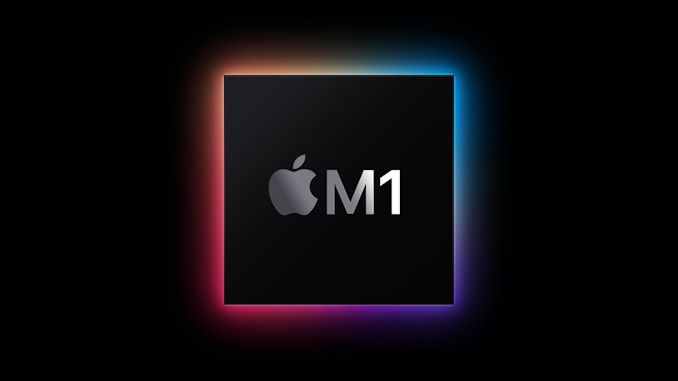
Today, Apple has unveiled their brand-new MacBook line-up. This isn’t an ordinary release – if anything, the move that Apple is making today is something that hasn’t happened in 15 years: The start of a CPU architecture transition across their whole consumer Mac line-up.
Thanks to the company’s vertical integration across hardware and software, this is a monumental change that nobody but Apple can so swiftly usher in. The last time Apple ventured into such an undertaking in 2006, the company had ditched IBM’s PowerPC ISA and processors in favor of Intel x86 designs. Today, Intel is being ditched in favor of the company’s own in-house processors and CPU microarchitectures, built upon the Arm ISA.
The new processor is called the Apple M1, the company’s first SoC designed with Macs in mind. With four large performance cores, four efficiency cores, and an 8-GPU core GPU, it features 16 billion transistors on a 5nm process node. Apple’s is starting a new SoC naming scheme for this new family of processors, but at least on paper it looks a lot like an A14X.
Today’s event contained a ton of new official announcements, but also was lacking (in typical Apple fashion) in detail. Today, we’re going to be dissecting the new Apple M1 news, as well as doing a microarchitectural deep dive based on the already-released Apple A14 SoC.
The Apple M1 SoC: An A14X for Macs
The new Apple M1 is really the start of a new major journey for Apple. During Apple’s presentation the company didn’t really divulge much in the way of details for the design, however there was one slide that told us a lot about the chip’s packaging and architecture:
This packaging style with DRAM embedded within the organic packaging isn't new for Apple; they've been using it since the A12. However it's something that's only sparingly used. When it comes to higher-end chips, Apple likes to use this kind of packaging instead of your usual smartphone POP (package on package) because these chips are designed with higher TDPs in mind. So keeping the DRAM off to the side of the compute die rather than on top of it helps to ensure that these chips can still be efficiently cooled.
What this also means is that we’re almost certainly looking at a 128-bit DRAM bus on the new chip, much like that of previous generation A-X chips.
On the very same slide, Apple also seems to have used an actual die shot of the new M1 chip. It perfectly matches Apple’s described characteristics of the chip, and it looks looks like a real photograph of the die. Cue what's probably the quickest die annotation I’ve ever made:
We can see the M1’s four Firestorm high-performance CPU cores on the left side. Notice the large amount of cache – the 12MB cache was one of the surprise reveals of the event, as the A14 still only featured 8MB of L2 cache. The new cache here looks to be portioned into 3 larger blocks, which makes sense given Apple’s transition from 8MB to 12MB for this new configuration, it is after all now being used by 4 cores instead of 2.
Meanwhile the 4 Icestorm efficiency cores are found near the center of the SoC, above which we find the SoC’s system level cache, which is shared across all IP blocks.
Finally, the 8-core GPU takes up a significant amount of die space and is found in the upper part of this die shot.
What’s most interesting about the M1 here is how it compares to other CPU designs by Intel and AMD. All the aforementioned blocks still only cover up part of the whole die, with a significant amount of auxiliary IP. Apple made mention that the M1 is a true SoC, including the functionality of what previously was several discrete chips inside of Mac laptops, such as I/O controllers and Apple's SSD and security controllers.
The new CPU core is what Apple claims to be the world’s fastest. This is going to be a centre-point of today’s article as we dive deeper into the microarchitecture of the Firestorm cores, as well look at the performance figures of the very similar Apple A14 SoC.
With its additional cache, we expect the Firestorm cores used in the M1 to be even faster than what we’re going to be dissecting today with the A14, so Apple’s claim of having the fastest CPU core in the world seems extremely plausible.
The whole SoC features a massive 16 billion transistors, which is 35% more than the A14 inside of the newest iPhones. If Apple was able to keep the transistor density between the two chips similar, we should expect a die size of around 120mm². This would be considerably smaller than past generation of Intel chips inside of Apple's MacBooks.
Road To Arm: Second Verse, Same As The First
Section by Ryan Smith
The fact that Apple can even pull off a major architectural transition so seamlessly is a small miracle, and one that Apple has quite a bit of experience in accomplishing. After all, this is not Apple’s first-time switching CPU architectures for their Mac computers.
The long-time PowerPC company came to a crossroads around the middle of the 2000s when the Apple-IBM-Motorola (AIM) alliance, responsible for PowerPC development, increasingly struggled with further chip development. IBM’s PowerPC 970 (G5) chip put up respectable performance numbers in desktops, but its power consumption was significant. This left the chip non-viable for use in the growing laptop segment, where Apple was still using Motorola’s PowerPC 7400 series (G4) chips, which did have better power consumption, but not the performance needed to rival what Intel would eventually achieve with its Core series of processors.
And thus, Apple played a card that they held in reserve: Project Marklar. Leveraging the flexibility of the Mac OS X and its underlying Darwin kernel, which like other Unixes is designed to be portable, Apple had been maintaining an x86 version of Mac OS X. Though largely considered to initially have been an exercise in good coding practices – making sure Apple was writing OS code that wasn’t unnecessarily bound to PowerPC and its big-endian memory model – Marklar became Apple’s exit strategy from a stagnating PowerPC ecosystem. The company would switch to x86 processors – specifically, Intel’s x86 processors – upending its software ecosystem, but also opening the door to much better performance and new customer opportunities.
The switch to x86 was by all metrics a big win for Apple. Intel’s processors delivered better performance-per-watt than the PowerPC processors that Apple left behind, and especially once Intel launched the Core 2 (Conroe) series of processors in late 2006, Intel firmly established itself as the dominant force for PC processors. This ultimately setup Apple’s trajectory over the coming years, allowing them to become a laptop-focused company with proto-ultrabooks (MacBook Air) and their incredibly popular MacBook Pros. Similarly, x86 brought with it Windows compatibility, introducing the ability to directly boot Windows, or alternatively run it in a very low overhead virtual machine.
The cost of this transition, however, came on the software side of matters. Developers would need to start using Apple’s newest toolchains to produce universal binaries that could work on PPC and x86 Macs – and not all of Apple’s previous APIs would make the jump to x86. Developers of course made the jump, but it was a transition without a true precedent.
Bridging the gap, at least for a bit, was Rosetta, Apple’s PowerPC translation layer for x86. Rosetta would allow most PPC Mac OS X applications to run on the x86 Macs, and though performance was a bit hit-and-miss (PPC on x86 isn’t the easiest thing), the higher performance of the Intel CPUs helped to carry things for most non-intensive applications. Ultimately Rosetta was a band-aid for Apple, and one Apple ripped off relatively quickly; Apple already dropped Rosetta by the time of Mac OS X 10.7 (Lion) in 2011. So even with Rosetta, Apple made it clear to developers that they expected them to update their applications for x86 if they wanted to keeping selling them and to keep users happy.
Ultimately, the PowerPC to x86 transitions set the tone for the modern, agile Apple. Since then, Apple has created a whole development philosophy around going fast and changing things as they see fit, with only limited regard to backwards compatibility. This has given users and developers few options but to enjoy the ride and keep up with Apple’s development trends. But it has also given Apple the ability to introduce new technologies early, and if necessary, break old applications so that new features aren’t held back by backwards compatibility woes.
All of this has happened before, and it will all happen again starting next week, when Apple launches their first Apple M1-based Macs. Universal binaries are back, Rosetta is back, and Apple’s push to developers to get their applications up and running on Arm is in full force. The PPC to x86 transition created the template for Apple for an ISA change, and following that successful transition, they are going to do it all over again over the next few years as Apple becomes their own chip supplier.
A Microarchitectural Deep Dive & Benchmarks
In the following page we’ll be investigating the A14’s Firestorm cores which will be used in the M1 as well, and also do some extensive benchmarking on the iPhone chip, setting the stage as the minimum of what to expect from the M1:



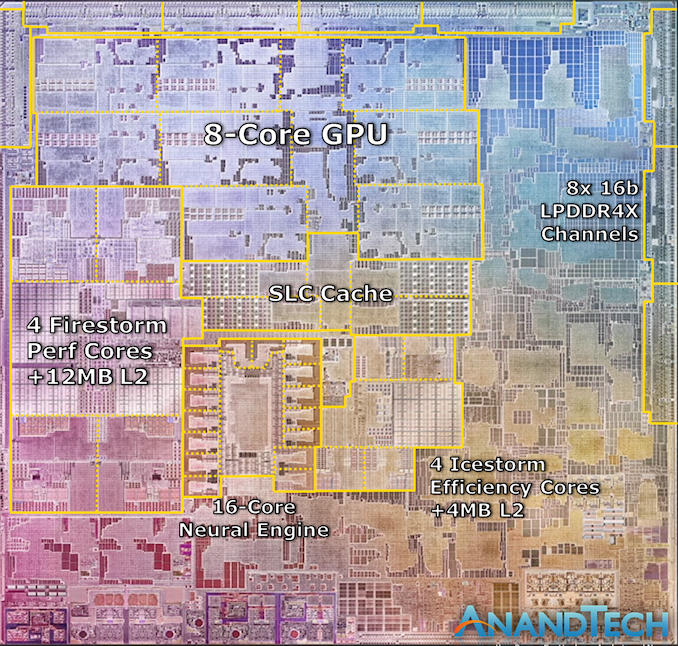
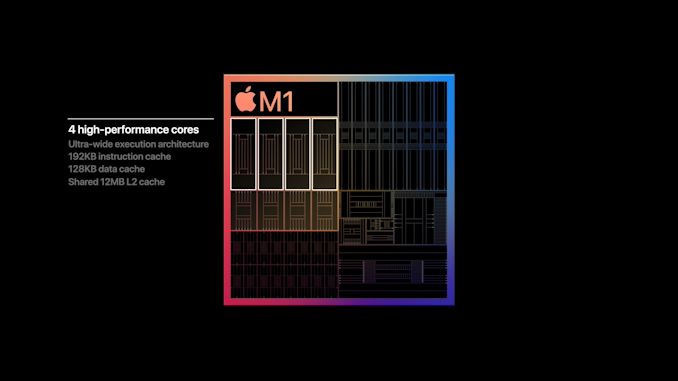

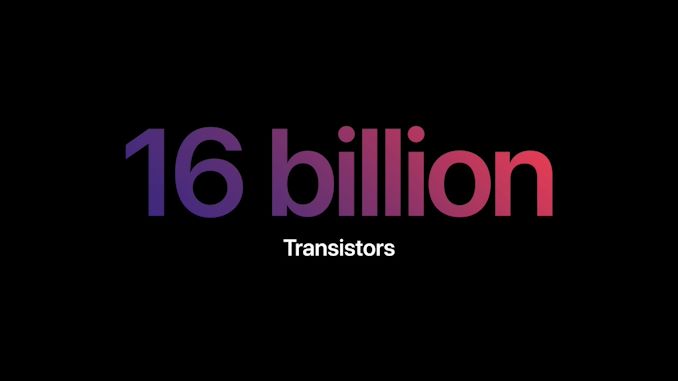
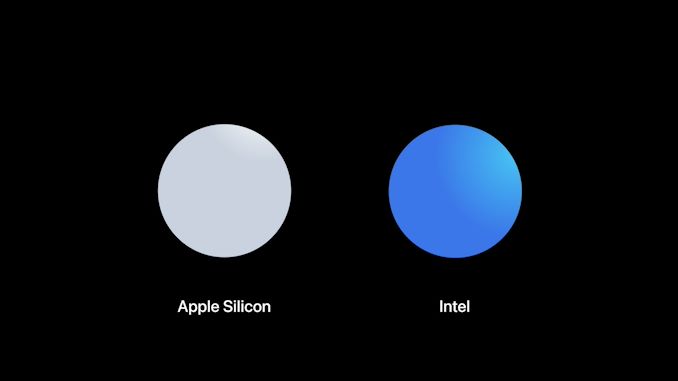








644 Comments
View All Comments
DeathArrow - Wednesday, November 11, 2020 - link
Regarding this: " x86 CPUs today still only feature a 4-wide decoder designs that is seemingly limited from going wider at this point in time due to the ISA’s inherent variable instruction length nature, making designing decoders that are able to deal with aspect of the architecture more difficult compared to the ARM ISA’s fixed-length instructions."1. isn't supposed that x86 uses internal RISC like microinstructions with fixed length?
2. x86 instructions do more than simpler ARM instructions, so executing 4 x86 instruction in parallel might actually do more work than executing 8 arm instructions
Agent Smith - Wednesday, November 11, 2020 - link
The advancement of x86 is about to be severely tested.YaleZhang - Wednesday, November 11, 2020 - link
1. True that x86 translates CISC instructions into micro ops, but it's the translation (decoding) itself that's the bottleneck due to the variable length. Intel/AMD will have to beef up the micro-op cache to get around this handicap. 2. A lot of x86 instructions allow 1 operand to be in memory, so it will be 3 micro ops, address calculation, memory load/store, and the actual operation. But high performance code will try to keep data in registers as much as possible, so I don't expect the fused load/stores to help that much
DeathArrow - Wednesday, November 11, 2020 - link
@YaleZhang, great explanation. Thanks.atomek - Wednesday, November 11, 2020 - link
This is death of x86 and birth of new CPU architecture king. Hopefully Microsoft will quickly release Windows 10 for the new architecture. And I really hope I'll see desktops on the Apple Silicon. This is historical moment for the industry, the performance and efficiency leap is absolutely mind-blowing. Congratulations Apple, I hope AMD and Intel will be able do compete on the ARM segment. X86 is dead. Let ARM rule!techconc - Wednesday, November 11, 2020 - link
The problem is, most of the industry is dependent upon ARM reference designs. Someone like Microsoft, etc. would have to commission ARM or maybe Qualcomm, etc. to design a CPU core that can compete with Apple Silicon in order for ARM to every take off for the PC market. I'm sure Apple's new products will turn some heads as they will be the envy of the market, especially for laptops. However, I never underestimate the PC market to keep the status quo. The enterprise market doesn't like change. There are still companies running Windows server 2008 for production tasks for example.Coldfriction - Wednesday, November 11, 2020 - link
And there's no indication the M1 runs generic ARM instructions only and doesn't have additional stuff tagged on by Apple. Very likely this thing isn't compatible with any other ARM chips anywhere in any way.techconc - Thursday, November 12, 2020 - link
I think you missed the point of my post. Regardless of how much "potential" ARM based chips have, I don't seen anyone besides Apple making a run for the desktop market. I don't know if that's where ARM/nVidia will take it. I also don't know how much incentive someone like Qualcomm has to make a desktop class chip of their own design and not use the ARM reference designs.Your response seems completely irrelevant to that point. Having said that, yes, Apple does have custom instructions such as for their custom AMX units. However, they are not exposed to the public. Only Apple can use them. Developers can benefit form them by using Apple's ML APIs. Should these instructions disappear from future chips, it wouldn't impact existing code as those instructions are abstracted from developers.
millfi - Wednesday, June 23, 2021 - link
>there's no indication the M1 runs generic ARM instructions only and doesn't have additional stuff tagged on by Apple.No, there is indication the M1 runs generic ARM instructions only. It's Armv8-A Architecture License. This License prohibited Adding your own Instructions available from the app. So Proprietary instructions cannot account for the benchmark scores in this article.
Silver5urfer - Thursday, November 12, 2020 - link
MS already has custom chips lol, from Qcomm, Surface Pro X and the ARM translation from x86 is going to be nightmare. Esp given the x86-64 is not fully done and has severe perf impact on top of the 32bit translation and there's no reason why MS should follow.Windows runs on all machines on the planet from the SCADA systems to AWS. They all run x86 code. Linux runs on same hardware as well, and the vast software libraries for the x86 hw is not going to magically come to ARM. There are so many companies in the Datacenter Market trying to break Intel monopoly only one succeeded, AMD that is also x86 processor.
And please stop with birth and death lmao, AWS / GCP / Azure make Trillions of dollars. Oracle Cloud also has the x86 only with Intel Xeon and AMD EPYC, not even any sight of ARM like AWS Graviton 2. So first of all come to the ground.
Apple has world wide marketshare of less than 10% for their Macbooks. My reasoning behind this is 2 fold, Intel CPUs have throttling issues with the high performance, because of 14nm and Apple puts garbage VRM components on their Macs, absolute trash grade. No contest vs the usual DIY arena or even DTR laptops. Next up they have to pay Billions to Intel every year, on top of their ARM investments for their 55%+ revenue share of Apple, the iPhone. So the most logical step is when they want to converge the Software if their engineers can create a translation they can take the step of moving away from x86 as the whole stack is now controlled by them and saves them billions and millions in the end. Plus they can get away because they do not compete with DC market, HPC market, Gaming market (including Consoles and Server farms of the Xcloud, run on Scorpio Silicon farm, PSN, run on the Sony's SoC farm and Luna, run on Intel+Nvidia HW AWS) and DIY market.
So tell me again lol, people here just fail to understand the market dynamics, logistics, enterprises, consumer market, business decisions and barely know how the CPU even works and what is freedom, this machine lacks it. - No Bootcamp, it's dead. No more 32bit apps, Apple will axe x86 32bit soon, no more repairs by 3rd party, this HW is fully controlled end to end by Apple worse than the T2 chip in their Macbooks for the SSD encryption, and BGA RAM, BGA SSD, Less I/O tons of glue with Battery and KB soldered/sealed tight to chassis, and uber expensive because Apple brand value, this is a big thing since this is the one most exposed to consumers than the pure HW benches and marketing mumbo jumbo lol, a Dell G5 will net them upgradable HW in the I/O and few places and they can game on them with MATLAB and other SW, while this one ? lol again.